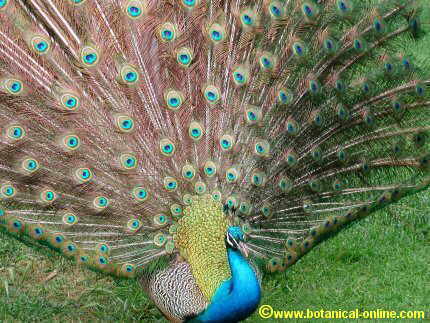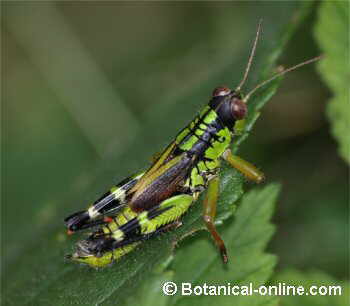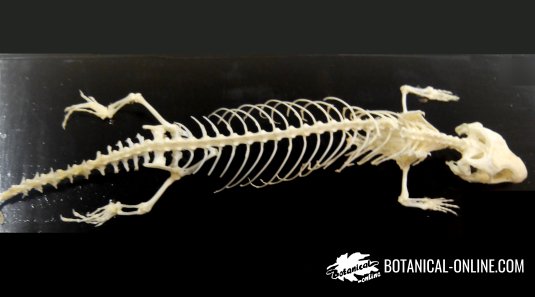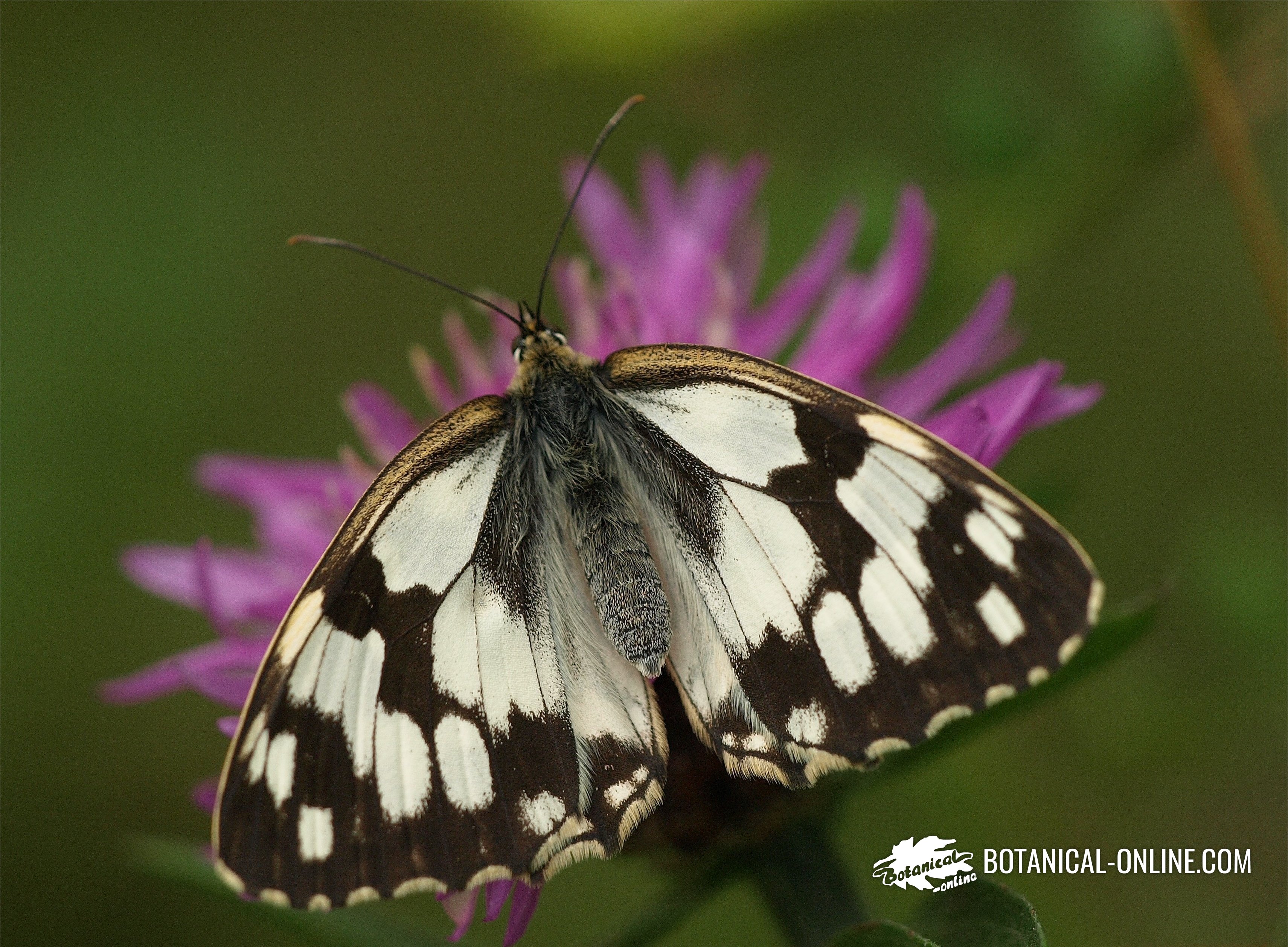Contents
What are vertebrate animals like?
Why are they called vertebrates?
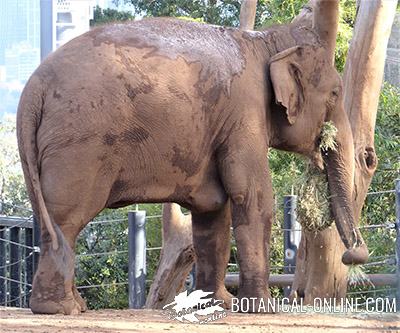
Vertebrates are named after the presence of an internal skeleton of vertebrae.
The vertebral column is the fundamental part of the internal skeleton of vertebrates.
What are vertebrates like?
Vertebrates are the living beings that have a more evolved organism. Vertebrates are advantaged over the other creatures because they own great adaptations to the environment.
The group of vertebrates is a homogeneous set of animals with common anatomical characteristics. Hence, all vertebrates have a certain similarity in their basic structure.
Vertebrate skeleton
Not all vertebrates have vertebrae, as in the case of agnathans (lampreys). The vertebrate notochord (a structure originating from the mesoderm and which has the function of guiding the neural tube during the development of the nervous system) is replaced by the vertebral column.
The inner skeleton can be made of bone tissue or cartilaginous tissue (like sharks). Vertebrates have an axial skeleton, consisting of the skull and spinal column, and an appendicular skeleton made up of the limbs.
The first animals to adopt an internal skeleton were relatives of amphioxus. These animals are chordates but not yet vertebrates, since that internal skeleton is just a long cord that stretches along their entire body. However, most chordates are vertebrates. Vertebrates are a type of chordate known as euchordates.
Types of vertebrates
The vertebrate group consist of large species.
There are far fewer vertebrates than invertebrates (fewer than 50,000 species versus 1 million, respectively) due in part to the larger size of vertebrates.
Vertebrates are classified into 5 groups or classes: fish, amphibians, reptiles, birds, and mammals. Each group is characterized by a specific anatomy and a particular way of life. Terrestrial vertebrates also receive the name of tetrapods (they possess four limbs).
Vertebrate anatomy
- Nervous system: Everyone has a nervous system that is made up of the brain or encephalon (consist on the forebrain, midbrain and rhombencephalon). It is located anteriorly and housed in the cranial cavity and spinal cord inside the spine. The nervous system of vertebrates is divided into the central nervous system (CNS) and the peripheral nervous system (PNS). Most vertebrates have a well developed nervous system.
- Muscular system: They have muscles (striated muscles, cardiac muscles and smooth muscles) and skeleton that allow them to perform more complex movements.
- Integumentary system: They own skin formed by the epidermis and dermis. Skin appendages arise from epidermis such as: hair, feathers, scales, horns and nails.
- Circulatory system: The circulatory system of vertebrates consists of the heart and blood vessels, that is, arteries and veins. Blood circulates through the circulatory apparatus, which carries the oxygen needed for breathing.
- Respiratory system: In the water, respiration may be cutaneous or branchial, except marine mammals. Outside the water, lungs are useful.
- Excretory system: Bony fish excrete ammonia. Amphibians and mammals excrete urea. Reptiles and birds, uric acid .
- Embryonic leaves: Vertebrates are triploblastic organisms, in other words, they own 3 embryonic leaves: ectoderm, mesoderm and endoderm.
- Symmetry: They show bilateral symmetry.
- Caudal appendix: Most vertebrates have an appendage called tail.
Evolution of vertebrates
Vertebrates are the most evolved animals and the closest to man (Remember, humans are considered also vertebrates). The first vertebrates were fish. Some species evolved into amphibians from fish. Reptiles are descended from amphibians. Birds and mammals were evolved from reptiles.
Reproduction of vertebrates
Vertebrates are dioecious, that is to say, there is sex separation and it is also sexual dimorphism (males differ from females and vice versa). They have sexual reproduction. Fertilization can be external or internal. Spermatozoa are produced by testicles and ovules are formed in the ovaries.
Vertebrates can be oviparous (when their eggs develop outside the mother’s body), ovoviviparous (part of the development is carried out inside the maternal body) or viviparous (all embryo development takes place in the body of the mother).
Fish and amphibians have external fertilization with indirect development because they suffer a complex process of metamorphosis. Reptiles, birds and mammals have internal fertilization with direct development.
They constitute most of the useful species for humans. They may inhabit in all environments, that is, both in freshwater, in saltwater, on land and in the air.
![]() More information on animals
More information on animals





